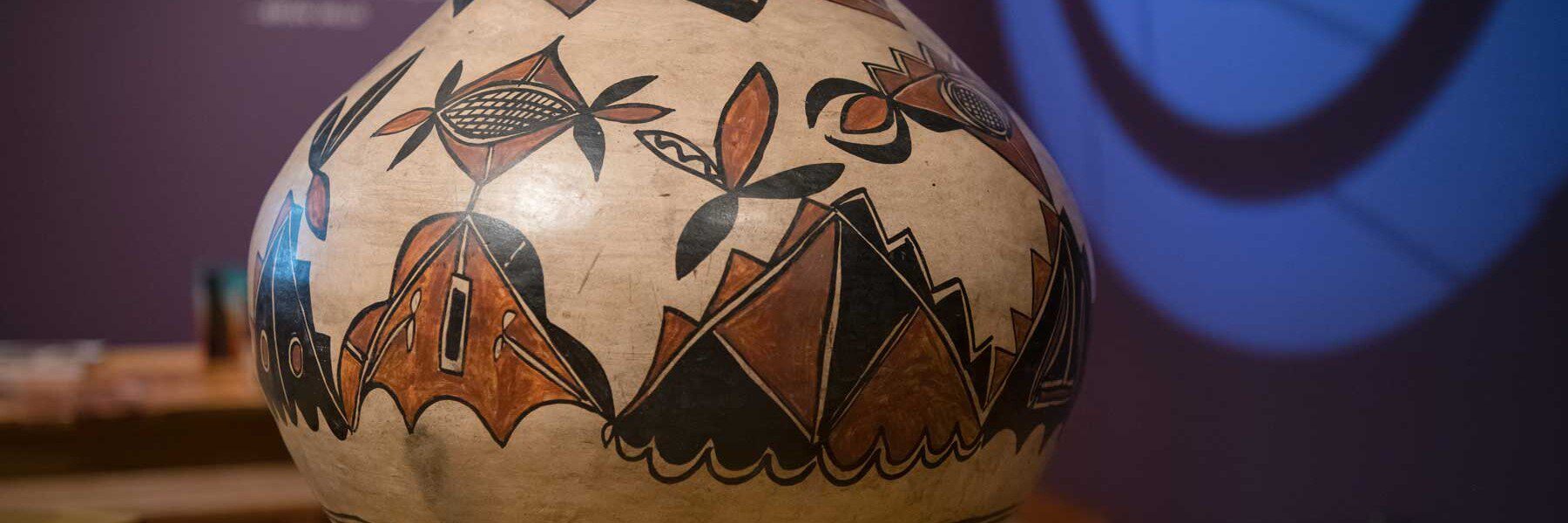Built from the Earth will feature highlights of historic Pueblo pottery from the Perry Collection of Native American Art and introduce viewers to the artists and cultures who craft these stunning works of art with materials rooted in the land of the American Southwest.
Murphy Gallery, Pizzagalli Center for Art and Education


